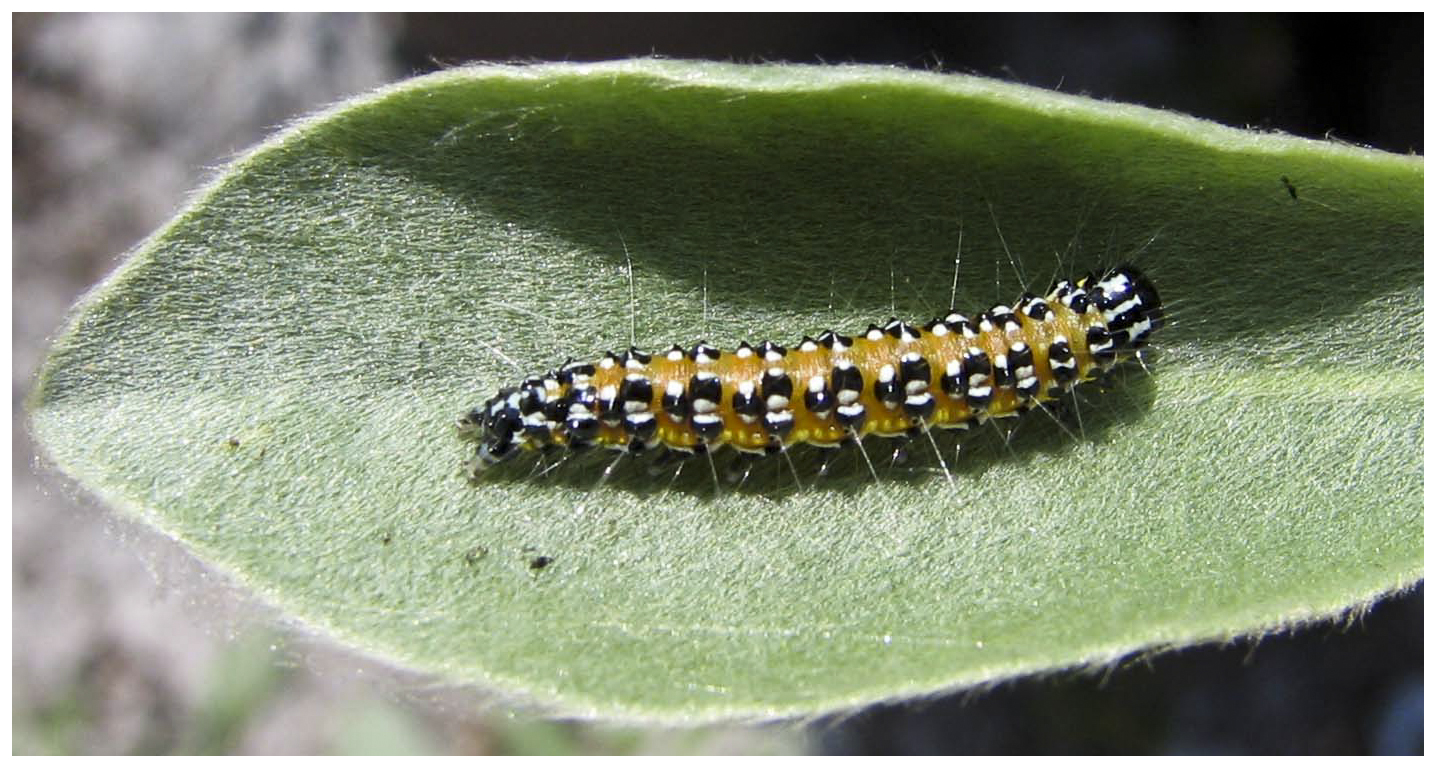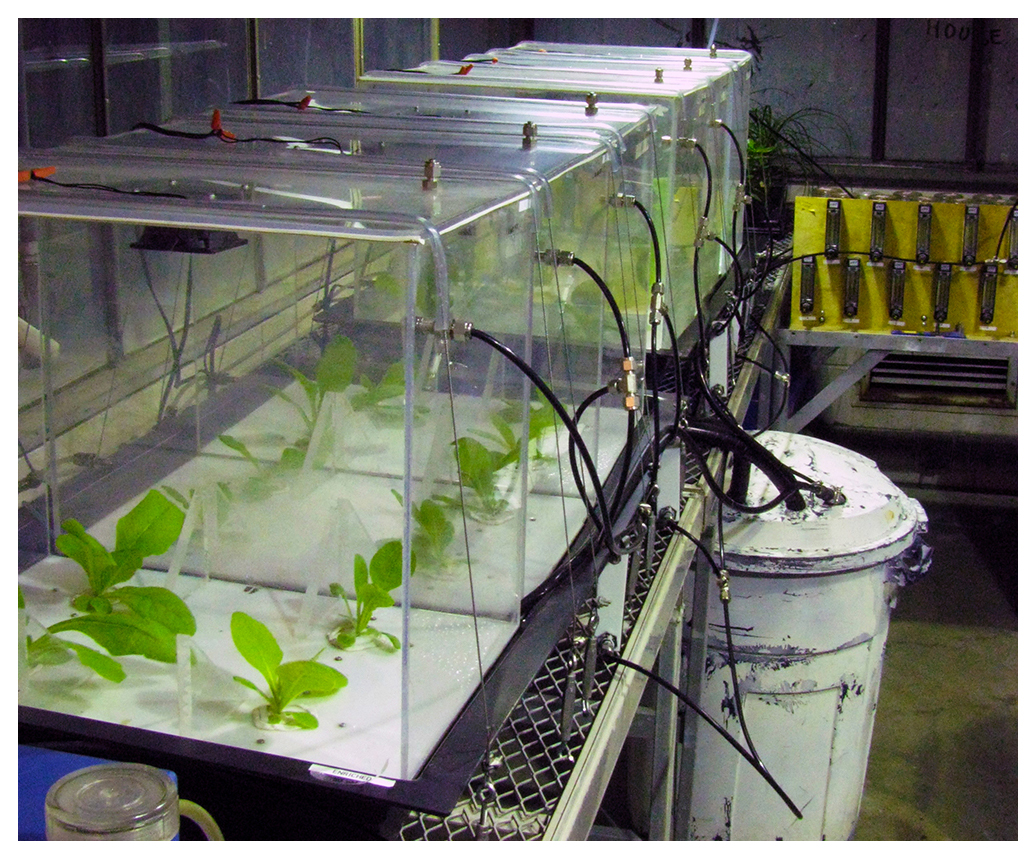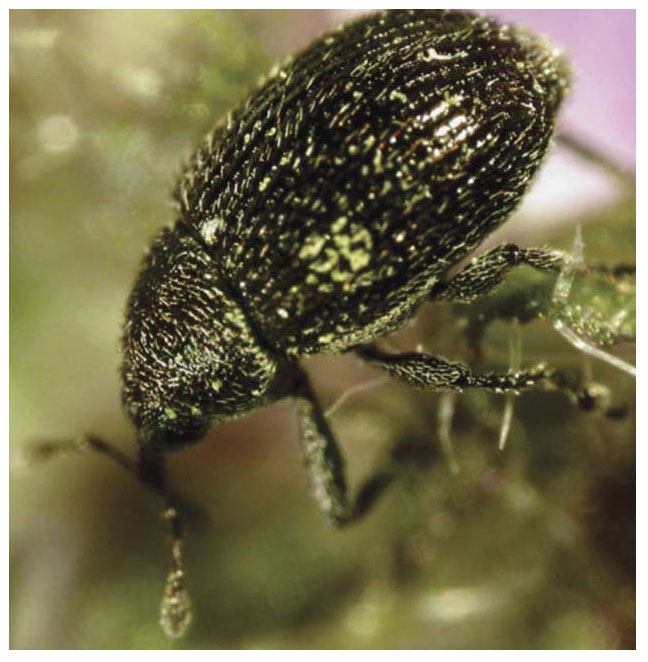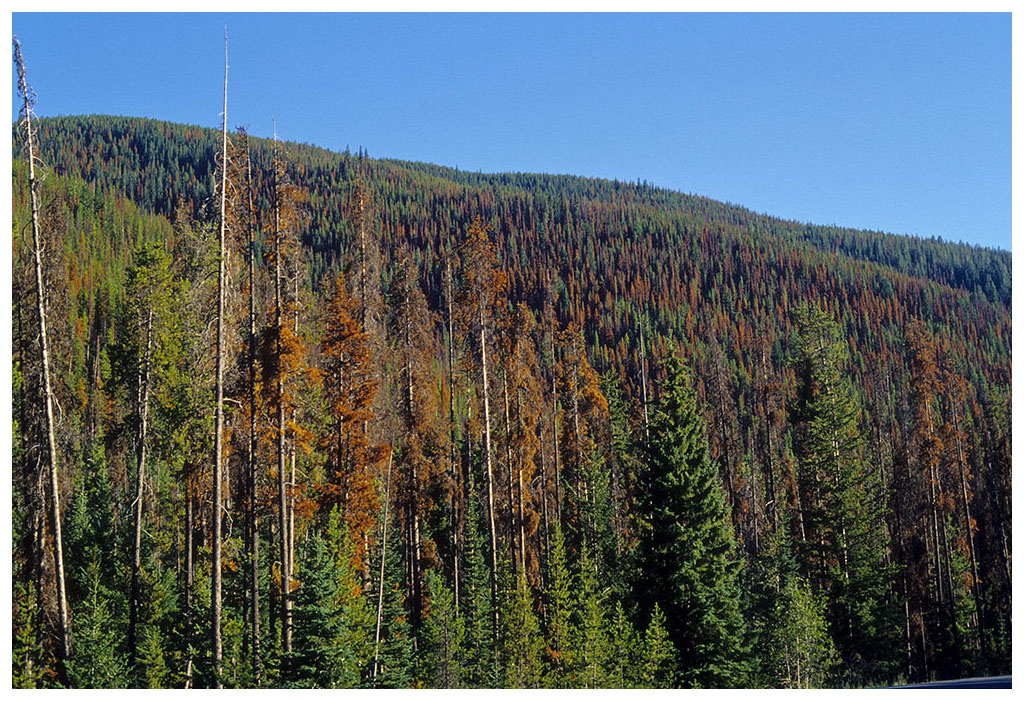I am generally interested in collaborating on a wide range of topics and problems in evolutionary biology and ecology - from behaviour to global change. Here are descriptions of a few recent collaborative research projects:
 Effects
of variable pollination in a wild cropping system
Effects
of variable pollination in a wild cropping system
I collaborated with Katja Poveda and her group on a project examining the ecological consequences of pollination variation in uchuva, also known as Peruvian groundcherry, Physalis peruviana. This Solanaceous native of the Andes is cultivated for its sweet and tangy fruit. Katja has shown that bee visitation increases fruit quality. My part of this project showed that outcrossing in uchuva may improve offspring quality in terms of growth, as well as resistance to herbivores. This is relevant to farmers, who retain some fruit for future planting. Our results suggest that pollinator mediated variation in the quality and/or quantity of deposited pollen may affect economically and ecologically important fetaures of this agroecosystem. Read more.
 Ecological
benefits of gregarious behaviour
Ecological
benefits of gregarious behaviour
With Mike Stastny, I conducted studies at the Archbold Biological Station in Florida. In a study with caterpillars of the genista moth, Uresiphita reversalis (Pyralidae), feeding on wild spreading lupine, Lupinus diffusus (Fabaceae), we found that the fitness benefits of group-living in a caterpillar can be dependent on the age structure of the group - an example of age-specific, intraspecific facilitation. Read more.
 Foliar
nitrogen assimilation and insects
Foliar
nitrogen assimilation and insects
Dena Vallano (shown) and I examined the consequences of leaf uptake of reactive nitrogen (atmospheric pollutants and minor greenhouse gases, such as NO2) on consumers. We manipulated the isotopic composition of leaf- and root-available N in order to track the two N sources within the plant (tobacco) and insect (tobacco hornworm); apparatus shown. Foliar reactive N uptake induces plant defences, and is thereby detrimental to herbivores. In turn, herbivores reduce a plant's capacity to uptake reactive N, suggesting a feedback loop. Herbivores may modulate the role of vegetation as a sink for anthropogenic NOx. Project was funded by Cornell's Biogeochemistry & Environmental Biocomplexity program. Paper in prep.
 Allelopathy,
mycorrhizae and invasions
Allelopathy,
mycorrhizae and invasions While a research technician in the lab of John Klironomos at the University of Guelph, I collaborated on a project showing that invasive garlic mustard (shown) may suppress native tree seedling growth by chemically inhibiting the arbuscular mycorrhizal fungi (AMF) on which these trees rely. The paper was one of the top 100 discoveries of 2006 (at least according to Discover magazine). Read more.
 Trade-offs
in plant defence
Trade-offs
in plant defence Genetic correlations can constrain phenotypic evolution depending on the direction of natural selection. A collaboration with Amy Parachnowitsch (now at Uppsala University) and others revealed an interesting genetically based trade-off between a putative resistance trait (latex production) and a potential 'escape' trait (flowering time) in Lobelia siphilitica, the flowers/fruits of which are attacked by a seed predatory weevil, Cleopmiarus hispidulus. Picture is from the paper: Read more.
 Forest insect behaviour
Forest insect behaviour I completed my MSc at Simon Fraser University with John Borden, studying behaviour of conifer-colonising beetles, some of which are ecologically and economically devastating. At left is a lodgepole pine forest killed by the native mountain pine beetle. Bark and ambrosia beetles (Scolytidae) must cope with the toxic resins exuded by conifers as a defence. Some species do this by attacking in mass aggregations that overwhelm tree resistance; these aggregations are mediated by pheromones, beetle-produced chemicals that communicate the location of trees to other beetles. For my thesis, I studied how bark beetles, ambrosia beetles, and woodboring cerambycid beetles integrate the volatile chemical signatures and the distinctive visual characteristics of their host trees (conifers) and non-hosts (angiosperms such as aspens and birches) to make adaptive host selection decisions while foraging. In other words, I asked to what extent beetles have been favoured to use both senses during oviposition. My results span 12 species, and yielded interesting conclusions on the complexities of host selection by herbivorous insects. In particular, I showed that beetles pay attention to the visual and olfactory information of both host and non-host species, and that sensory stimuli can act additively, redundantly, and even synergistically across sensory modes. Read more.